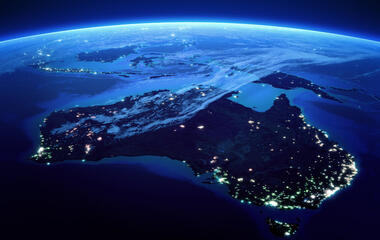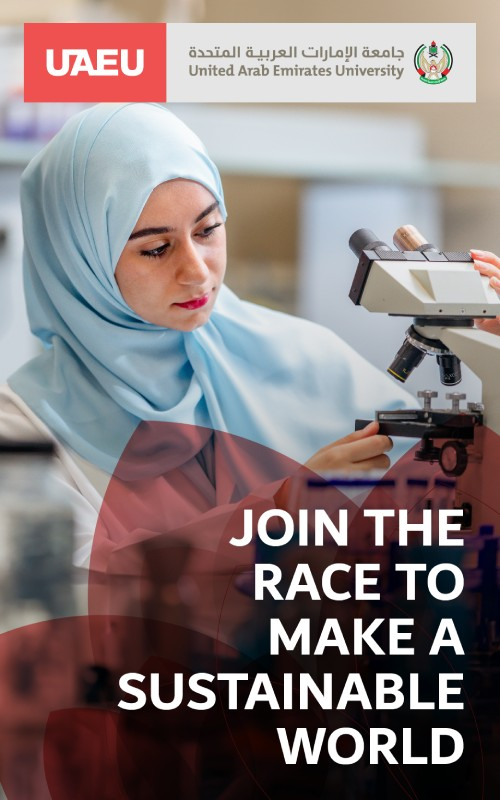Opposition’s Promise to Boost Regional Infrastructure and Higher Education Wins Support from Universities Australia

As Australia’s national election nears, the opposition Liberal-National Coalition (LNP) has gained backing from Universities Australia for its pledge to improve infrastructure in regional areas to enhance higher education opportunities.
Universities Australia, which represents numerous universities advocating for the social, economic, and cultural benefits of higher education and research, applauded the Coalition’s commitment to new funding for campus infrastructure and additional free TAFE (tertiary vocational) courses. The organization believes this investment highlights the crucial role universities play in driving Australia’s future, particularly in regional areas.
“This is a strong vote of confidence in our sector and a significant boost for regional Australia,” said Universities Australia’s CEO, Luke Sheehy, last week.

The Group of Eight (Go8), representing Australia’s top research-intensive universities, also responded to the political parties’ education proposals. Go8 CEO Vicki Thomson raised concerns on April 16, highlighting Australia’s declining productivity, dwindling resilience, and eroded confidence.
“Over the past decade, productivity growth has hit its lowest point in 60 years, and our R&D investment is now 1% below the OECD average. We need a commitment from the incoming government to increase R&D investment to 3% of GDP within the next 10 years,” Thomson argued in the lead-up to the election.
Calls for Education Investment Fund Restoration
Universities Australia has previously urged both major political parties to reinstate the Education Investment Fund (EIF), a fund established to support university campus infrastructure. The EIF, which held nearly AU$4 billion (US$2.56 billion) when it was closed in 2019, provided crucial funding for university development. Its closure left universities without a dedicated funding source for campus upgrades that benefit all Australians.
Political Campaigns Focus on Education
As the race for the May 3 election intensifies, higher education has become a central issue in the political discourse. The latest polls indicate a tight contest between the conservative Coalition and the liberal Labor Party. Incumbent Prime Minister Anthony Albanese is gaining traction, while Opposition leader Peter Craig Dutton seeks to address key issues like housing, healthcare, and education.
Labor is making a strong case with plans to reduce student debt by 20%, offering around AU$16 billion in relief to approximately three million Australians. This initiative aims to ease cost-of-living pressures and will take effect in June 2025, should Labor win the election. Additionally, Labor promises to provide thousands of free TAFE courses if re-elected.
In contrast, the Coalition has pledged to limit international student enrolment in public universities, prioritizing domestic students. Under the Coalition’s proposal, public universities would be capped at 115,000 international students per year, while private institutions and non-university providers could enroll up to 125,000.
The proposed cap would be 30,000 fewer than Labor’s plan, which previously attempted to grant the education minister power to limit student numbers.
Meanwhile, the Greens are advocating for the abolition of student debt, including the Higher Education Loan Program (HELP), Student Financial Supplement Scheme (SFSS), and Vocational Education and Training (VET) debts. They also propose increasing PhD stipends to match the national minimum wage and providing paid parental leave to all PhD students.
Peak Education Bodies Demand Action
Two of Australia’s peak higher education bodies argue that Labor’s debt reduction and free TAFE initiatives would make education more accessible and attract both domestic and international students. In contrast, the Coalition’s cap on international student enrolments could reduce universities’ revenue and negatively impact global rankings.
The Go8 strongly opposes the Coalition’s plan, with Universities Australia earlier condemning the Coalition’s pledge to cut international student numbers and raise student visa fees. Sheehy warned that such actions would harm the economy and damage Australia’s international reputation without addressing the housing crisis, as the Coalition claims.
“Slashing student numbers by tens of thousands would deal a devastating blow to one of the nation’s most significant income generators,” Sheehy said.
Stakes High for Australia’s Higher Education Sector
Australia’s higher education sector is now a central player in the lead-up to the 2025 elections, with institutions pushing hard to preserve and advance their interests. As one of the top five global destinations for international students, Australia competes with the US, UK, and Canada for student enrolments.
With over 40 universities across the public and private sectors and more than 1.5 million students—around 30% of whom are international—Australia’s education system is critical to its economic prosperity. Leading universities such as the University of Melbourne, Australian National University, University of Sydney, and University of New South Wales consistently rank among the top 50 and 100 globally, making them highly sensitive to political decisions regarding international students.